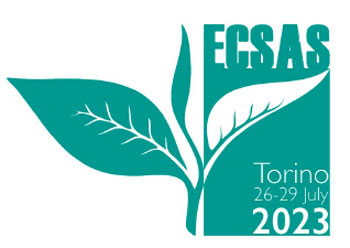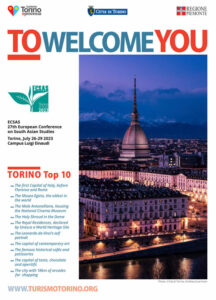Presenter
ARORA SUNIT - AZIM PREMJI UNIVERSITY, ECONOMICS, BANGALORE, IndiaPanel
07 – Towards Collaborative Research on Cereal Cultures in South AsiaAbstract
The paper traces the emergence of wheat as the focal point of agrarian production and exchange in the irrigated parts of the valley of river Narmada, lying in the central Indian state of Madhya Pradesh. It studies the economic motivations behind the cultivation of wheat, and locates its production and consumption in the social and political dynamics of the region that now ranks among the largest wheat-producing regions in India. Wheat has captured public imagination as well as cropping area and become the only major crop grown during the winter months (rabi season). This has resulted in disappearance of jowar, kodo and kutki (types of millets) from the agricultural cycle as well as dinner plates. Even though wheat now enjoys the status of a staple in the local diet, the primary goal of cultivation is not restricted to self-consumption. Agrarian households cultivate for the market and reproduce themselves mainly through market exchange. Mass procurement of wheat at predetermined prices by the government in the region has altered the production and exchange relations. And we find that agricultural commercialisation works not only through non-food cash crops, but can be driven just as well by food crops, particularly in the presence of state procurement.


